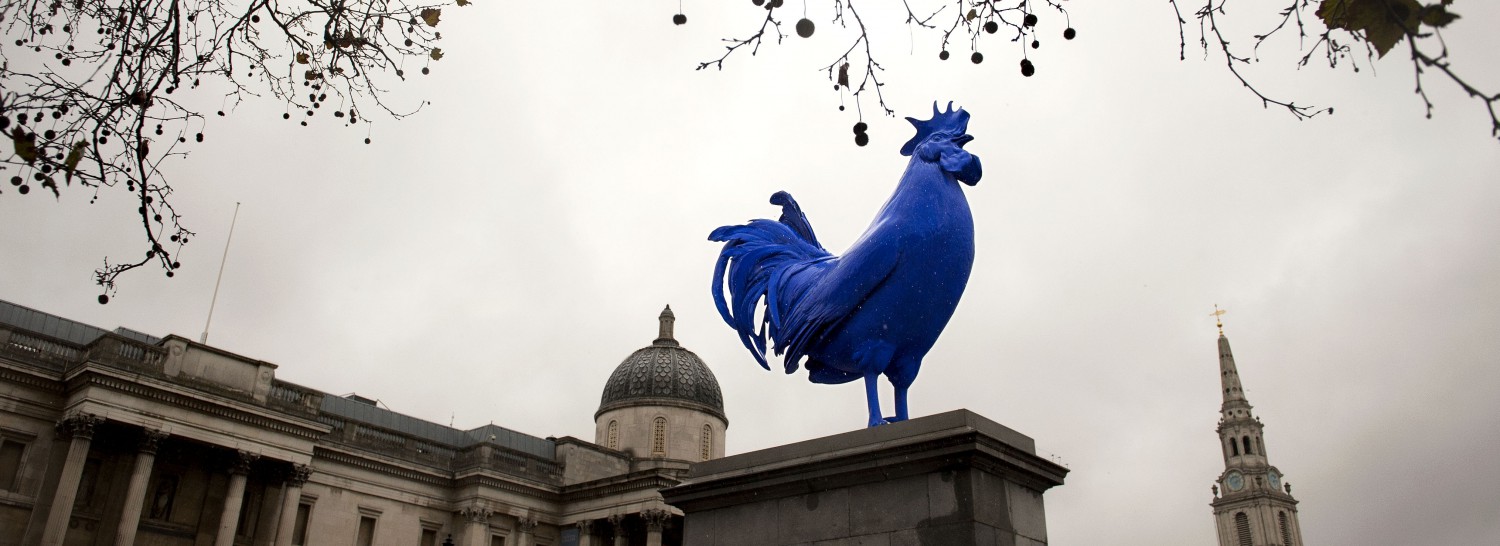The Arts of Action
Wednesday, 27 January 2021, 17:00-19:00 GMT
Online session
Please note that this session is pre-read, click here to download. (We will be discussing this recently-published paper of Thi’s, which he has plans to develop into a book.)
The theory and culture of the arts has largely focused on the arts of objects, and neglected the arts of action – the “process arts”. In the process arts, artists create artifacts to engender activity in their audience, for the sake of the audience’s aesthetic appreciation of their own activity. This includes appreciating their own deliberations, choices, reactions, and movements. The process arts include games, urban planning, improvised social dance, cooking, and social food rituals. In the traditional object arts, the central aesthetic properties occur in the artistic artifact itself. It is the painting that is beautiful; the novel that is dramatic. In the process arts, the aesthetic properties occur in the activity of the appreciator. It is the game player’s own decisions that are elegant, the rock climber’s own movement that is graceful, and the tango dancers’ rapport that is beautiful. The artifact’s role is to call forth and shape that activity, guiding it along aesthetic lines. I offer a theory of the process arts. Crucially, we must distinguish between the designed artifact and the prescribed focus of aesthetic appreciation. In the object arts, these are one and the same. The designed artifact is the painting, which is also the prescribed focus of appreciation. In the process arts, they are different. The designed artifact is the game, but the appreciator is prescribed to appreciate their own activity in playing the game. Next, I address the complex question of who the artist really is in a piece of process art — the designer or the active appreciator? Finally, I diagnose the lowly status of the process arts.
